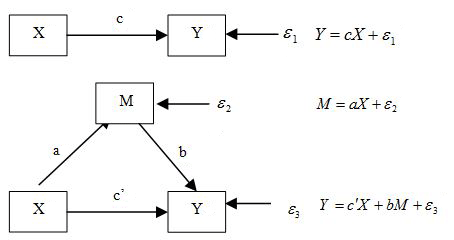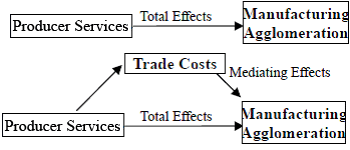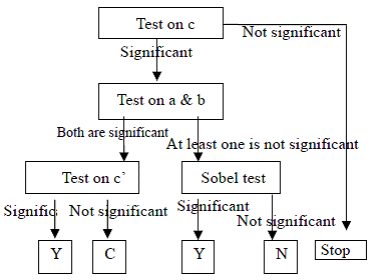| Author Name | ZHAO Wei (Visiting Fellow, RIETI) / ZHENG Wenwen (Zhejiang University) |
|---|---|
| Download / Links |
This Non Technical Summary does not constitute part of the above-captioned Discussion Paper but has been prepared for the purpose of providing a bold outline of the paper, based on findings from the analysis for the paper and focusing primarily on their implications for policy. For details of the analysis, read the captioned Discussion Paper. Views expressed in this Non Technical Summary are solely those of the individual author(s), and do not necessarily represent the views of the Research Institute of Economy, Trade and Industry (RIETI).
Co-agglomeration of producer services and manufacturing activities is a relatively new topic in regional/spatial economic research. Most studies around the theme made hitherto have more or less neglected an important fact, and the related mechanism identified by new economic geography (NEG) researchers, which is the potential role played by trade costs in the co-agglomeration of these two industries. As we know, this is one of the most important variables that exist exogenously in a standard NEG model (Fujita et al, 1999). It influences and even determines the patterns and degree of agglomeration of certain kinds of economic activities and the manufacturing industries as well according to NEG logic. In the view of stressing the existence of trade costs and their role in manufacturing agglomeration, one of the important "upstream" elements or variables via which producer services exert their effects on manufacturing industries are trade costs that manufacturing activities operate. Specifically, the expansion and agglomeration of producer services in a specific area result in a certain degree of reduction of trade costs of manufacturing activities in the same area and are thus conducive to the agglomeration of the manufacturing industries. Theoretically and also logically, trade costs here exist as mediator variables in the co-agglomeration of the two sectors, e.g., producer services and manufacturing sectors.
A mediator variable, also called a mediating variable or intervening variable , is a concept created and used in statistics. It describes how rather than when the effects of a change will occur by accounting for the relationship between the independent and dependent variables. In other words, it explains the relationship between the dependent variable and the independent variable. It is exactly in this sense that this paper looks into the effects of the improvement of producer services on manufacturing agglomeration and examines the mechanism of the effects exerted in the co-agglomeration of the two industries. Its central objective is to test the mediating effects of trade costs changes caused by producer services.
The work done in this paper roughly consists of three steps:
Step 1: Re-arranging variables in the view of a simple mediating model and adapting to the purpose of this research (as in Figures1-a and 1-b).

Figure 1-a. Illustration of mediating effect

Figure 1-b. Illustration of chain mechanism
Step 2: Selecting an appropriate model and designing a path for empirical work.

Step 3: Checking the mediating effects of trade costs on the improving producer services exerted to the manufacturing sectors with the data from China. The test is launched in three stages, of which the first of is a test that accounts for manufacturing as a whole. The results are listed in the table below (Table 1).
| Steps | DV | IV | Coefficients | Condition | ME | ME/TE | |
|---|---|---|---|---|---|---|---|
| I | JT | GINI | c 1 | 0.0828*** (0.0162) |
Coefficient c significant |
-- | -- |
| PF | GINI | c 2 | 0.0685*** (0.0137) | -- | -- | ||
| JR | GINI | c 3 | 0.0257*** (0.0256) | -- | -- | ||
| II | JT | TC | a 1 | -0.0507***(0.0075) |
Coefficient a significant |
-- | -- |
| PF | TC | a 2 | -0.0596***(0.0057) | -- | -- | ||
| JR | TC | a 3 | -0.0187***(0.0016) | -- | -- | ||
| III | JT | GINI | c' 1 | 0.0494***(0.0170) |
Coefficient b & c' significant |
0.0334 | 0.4037 |
| TC | b 1 | -0.6588***(0.1386) | |||||
| PF | GINI | c' 2 | 0.0288* (0.0162) | 0.0397 | 0.5796 | ||
| TC | b 2 | -0.6658***(0.1560) | |||||
| JR | GINI | c' 3 | 0.0164***(0.0048) | 0.0093 | 0.3623 | ||
| TC | b 3 | -0.4973*** (0.1586) | |||||
Note:
The abbreviations in this table are as follows: DV=dependent variable; IV=independent variable; GINI=Gini coefficients; JT=Transport, Storage and Post; PF=Wholesale and Retail Trades; JR=Financial Intermediation; TC=trade costs; ME=mediating effect; TE=total effect. b.
The numbers in brackets are standard errors. c. *, **, and *** indicate significance higher than 0.10, 0.05 and 0.01 levels, respectively. d. All results are produced using Stata 11.0 software.
For local government intervention with regional industrial development in China, the above results lead to at least two important implications. First, policy targeting the promotion of clusters of manufacturing firms should give more attention to the development of producer services. Second, an effective way to promote manufacturing upgrading, especially that for technology, is to encourage the development of producer service sectors.

